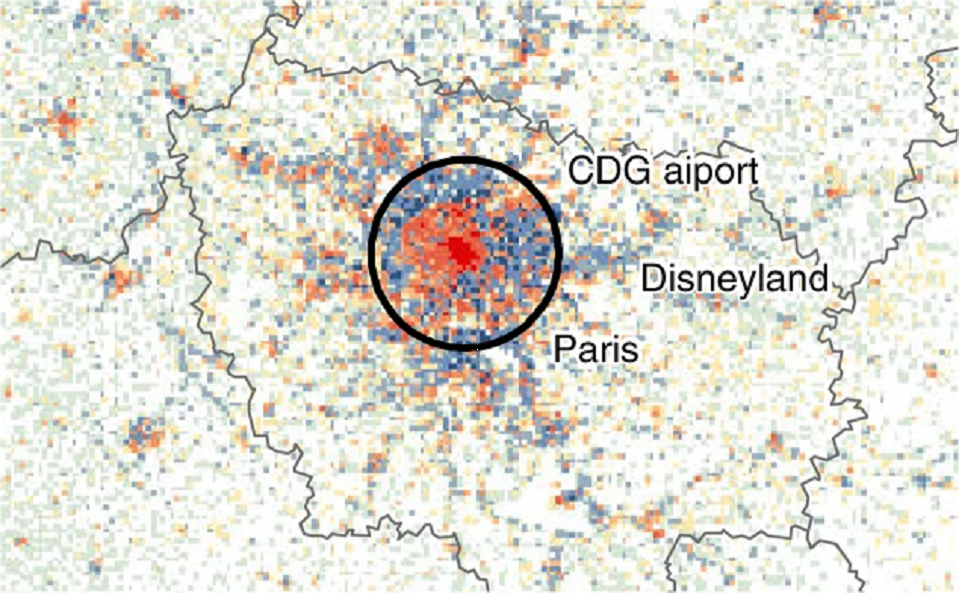Filipe Batista e Silva is a PhD candidate at SPINlab working for the European Union’s Joint Research Centre. Over the past years he worked on uncovering temporal changes in Europe’s population density patterns using a data fusion approach. He combines official statistics with geospatial data from emerging sources to produce and validate a European Union-wide dataset of population grids taking into account intraday and monthly population variations at 1 km2 resolution. The results reproduce and systematically quantify known insights concerning the spatio-temporal population density structure of large European cities, whose daytime population are estimated to be, on average, 1.9 times higher than night time in city centres.
The data is generated using open data sources and fully freely accessible from JRC’s data repository. The paper describing the data fusion approach, its validation and the insights it provides in spatiotemporal variation in populution density was published in the prestigious Nature Communications journal.

